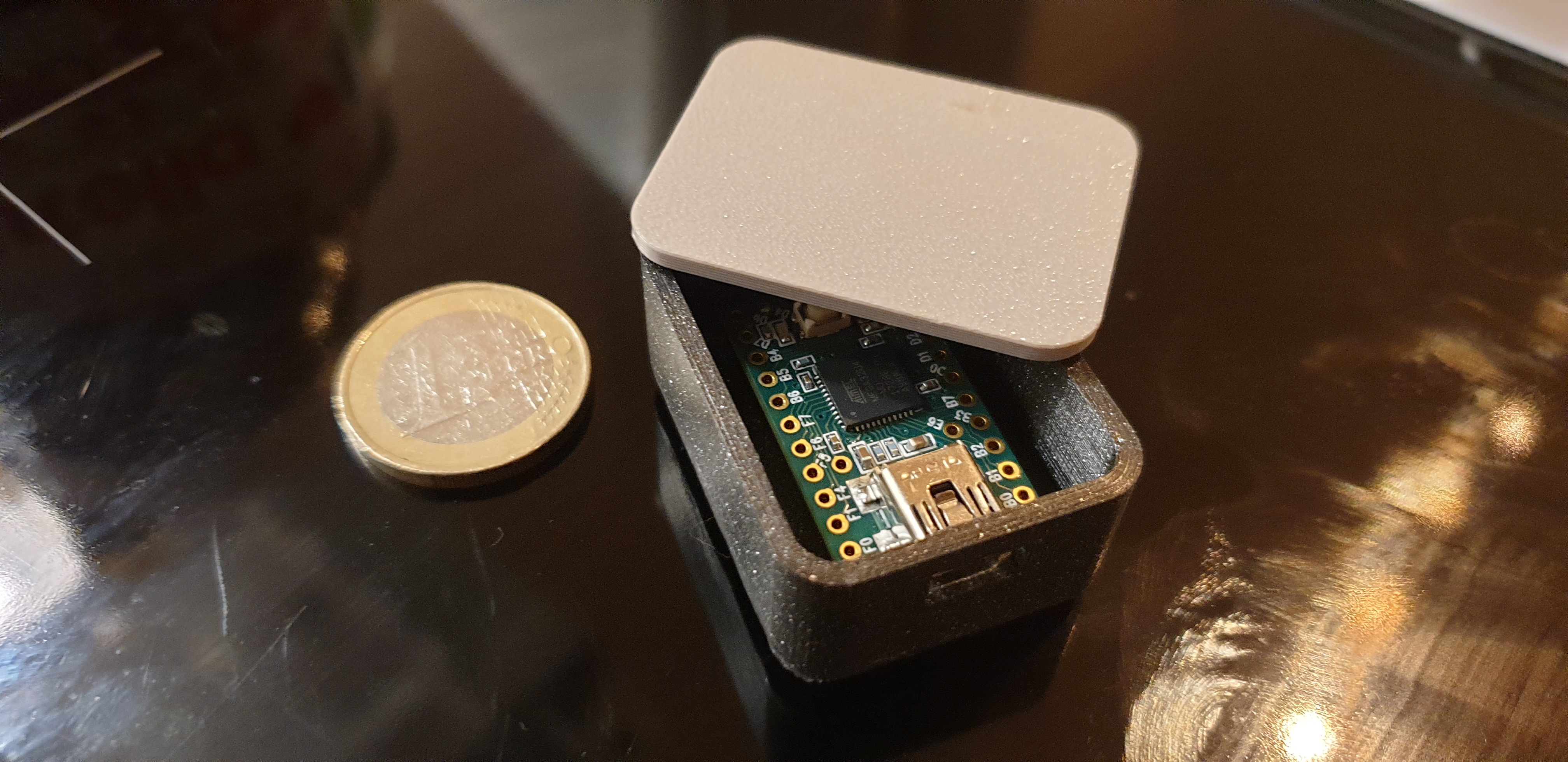Yesterday everything that involved automation by a computer was “robotics”. Robot Process Automation was the solution to every single human process problem ever in any business, and it was the only solution. You may as well have renamed the computer to the “Robotic Process Machine”, because everything it did was reduced down to that.
Well times have changed, and the hot new technology of matrix multiplications have replaces RPA. Now everything is AI. On some level, It’s hard to care. Lay people will call anything a computer does the wrong thing, and who can blame them. Our terminology is often so convoluted and technical that we have a hard time sticking to it. The difference this time is the amount of shit being sold to them. A person mislabeling useful software products as RPA might buy a license to IBM RPA, whereas a person mislabeling useful software as AI will give all their money to Sam Altman since the functional economy is going to end.

